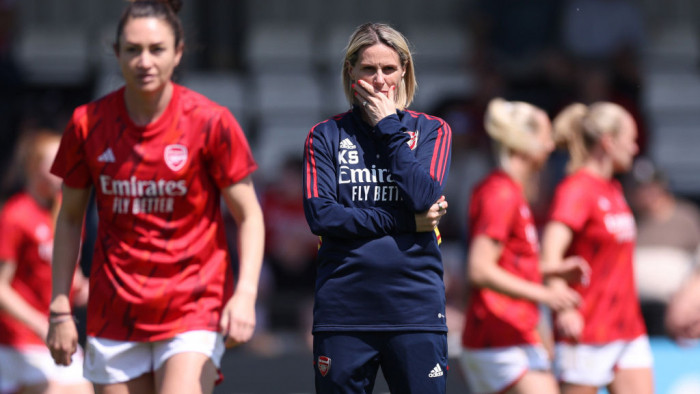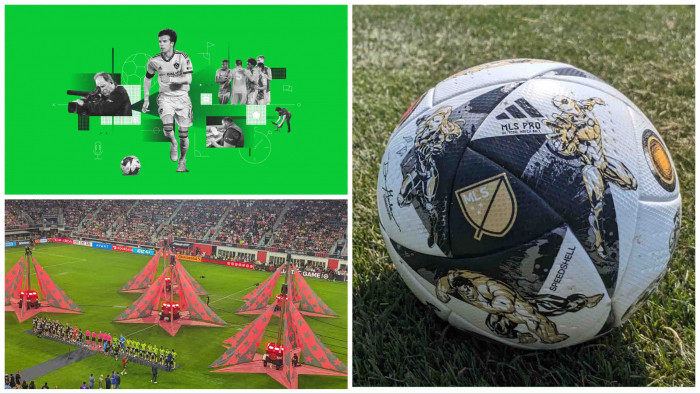Until the Olympics committee get smart and take our Pedalo proposal seriously, you will have to make do with rowing. Here's your how to guide, so you know your oar from your elbow.
Athletes: 550
Golds up for grabs: 14
Olympic presence: Men’s 1900–present; women’s from 1976.
Olympic Format: Fourteen events are held over six days (8 men’s, 6 women’s), in classes organised by number of rowers (singles, pairs, fours and eights) and types of rowing (sculls and sweeps).
Contenders: In men’s rowing the medallists are likely to come from North America, Australasia and northern Europe, with the Germans and British looking particularly strong. In the women’s events the strongest crews tend to come from the USA, Netherlands, China, Romania and Britain.
Past Champions: East Germany: 33 | USA : 31 | Great Britain: 24
Watch it: 28 July–4 Aug 2012, Eton Dorney Rowing Centre. Catch the BBC’s coverage of the Olympic Games across 24 dedicated channels on freesat
..........................................................................................................................................................
THE BASICS
Rowing races come in many formats, but at the Olympics the competition is simple. In all events, up to eight boatsrace side-by-side in lanes, over a dead straight 2000m course. The current race length was first tried in Stockholm in 1912 but became the norm only in 1952. Women’s races, first held over 1000m, were lengthened to 2000m in 1988. Early Games saw head-to-head match racing but the side-by-side format became standard in 1956. (second-chance round) and finals. If enough crews are entered there may be semi-finals too.
Boats are allowed one false start; any more and you are out. A restart is called if a boat suffers a mechanical failure, such as an oar splitting, before it has travelled 100m. This occurred in the repechage round of the men’s eights at the 1984 Games, when an oar on the French boat broke and was subsequently found to have been tampered with. The lanes, though marked by buoys, are optional. Crews can take any course they like as long as they don’t interfere with others.
(pictured, how to perform the rowing stroke)
Olympic Rowing Classes
Rowing takes two forms: sculling, in which the rower has two oars, and sweeping, in which the rower has just one oar, held with both hands. Sculls are raced with one, two or four rowers, called singles, doubles and quads. Sweeps are raced with two, four or eight rowers, called pairs, fours and eights.
In eights, a coxswain or cox sits at the back of the boat, steers the craft and directs the crew’s Sculls are raced with one, two or four rowers, called singles, doubles and quads. Sweeps are raced with two, four or eight rowers, called pairs, fours and eights. In eights, a coxswain or cox sits at the back of the boat, steers the craft and directs the crew’s stroke rate. In straight or coxless craft, the boat is directed by the steersman, a rower who has the rudder cable attached to a shoe.
Men compete in all of these boats, with an additional category of lightweight men (no one heavier than 70kg) in the coxless fours. Women compete in all boats except the coxless fours and have a lightweight event (no one heavier than 55kg) in the double sculls. Sculls go faster than sweep boats with the same number of rowers, and the more rowers a boat has the faster it will be. Men’s eights are capable of speeds up to 25kmh.
These are the classes:
Single scull. Length: 8.2m; Minimum weight: 14kg. Events: men and women. The single – or the skiff, as it is known in Europe – is the only individual event in rowing. There’s nowhere to hide. Double scull. Length: 10.4m; Minimum weight: 27kg. Events: men, women and lightweight women.Like all pair events in rowing, double sculls seem to favour sponsored_longforms made up of different kinds of rowers: power rowers are often combined with more technical athletes. Personal chemistry between the pair is crucial.
Quad scull.Length: 13.4m; Minimum weight: 52kg. Events: men and women. Eight blades and four rowers makes for the fastest boats after the eights. Great precision and team work are required to keep time and avoid blade clashes.
Pair or Coxless pair. Length: 10.4m; Minimum weight: 27kg. Events: men and women. The coxless pair is technically among the most demanding of boats, responding poorly to any indiscriminate use of power. Balance, stability and elegance are the watch words.
Four or Coxless four. Length: 13.4m; Minimum weight: 50kg. Events: men, lightweight men. The same balance of power and technique is required to get the best from this boat, but with four rowers the level of complexity is even higher. The crew spend more time rowing at maximum stroke rate than in any other class.
Eight. Length: 19m; Minimum weight: 96kg. Events: men and women. Considered by many the premier regatta format – and the only coxed event at the Olympics – the eights is an unbelievably demanding competition with rowers close to four-minute mile pace and constantly on the verge of a lactic acid burn-out.
Extracted from How to Watch the Olympics by David Goldblatt & Johnny Acton (Profile Books)(Images: Rex Features)
Latest
Related Reviews and Shortlists










